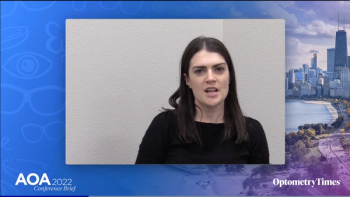
Katie Connolly, OD, shares about her presentation, “Maintaining Compliance with Medical Charting: Billing and Coding Update 2021,” which she presented during the 2022 AOA Optometry’s Meeting in Chicago.

Katie Connolly, OD, shares about her presentation, “Maintaining Compliance with Medical Charting: Billing and Coding Update 2021,” which she presented during the 2022 AOA Optometry’s Meeting in Chicago.
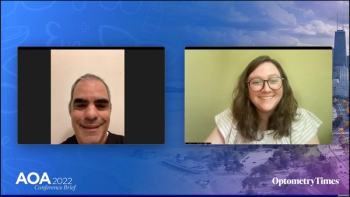
A. Paul Chous, OD, discusses his presentation, “Current treatment of diabetes" during the AOA's Optometry Meeting.
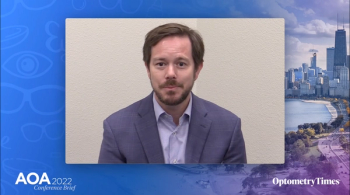
Optometry Times'® Chief Optometric Editor Ben Casella, OD, FAAO, shares some reflections on his time so far at the 2022 AOA Optometry's Meeting in Chicago.
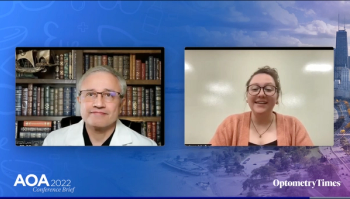
Richard Castillo, OD, DO, discusses the key takeaways from his presentation on carcinoma screenings for eyelids, and emphasizes why such screenings are such a critical component of primary eye care.
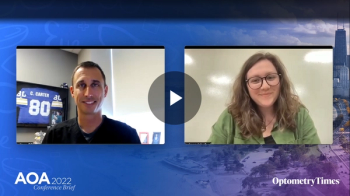
Justin Schweitzer, OD, shares key highlights from his presentation titled, "The OD's Role in the Management of MIGS in 2022," where he explores earlier intervention for glaucoma patients.
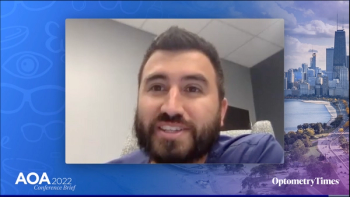
Bobby Saenz, OD, MS, FAAO, discusses his AOA 2022 presentation, "Extended Depth of Focus Lenses and Drops."
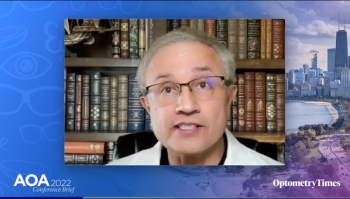
Richard Castillo, OD, DO, shares his expertise in, "Cryosurgery for Optometric Surgeons: A safe, noninvasive, nonaerosolizing approach to periocular lesion removal in the COVID-19 era."
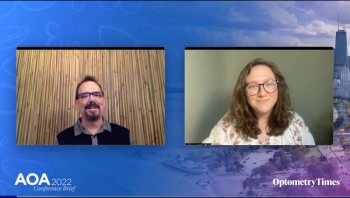
Robert Reed Jr., OD, discusses his AOA 2022 presentation titled: "Migraines: Mother-of-All-Headaches."

Correcting refractive errors in infants and toddlers differs from that in adults. Ida Chung, OD, MS, FCOVD, FAAO, walks optometrists through the pearls and pitfalls of prescribing for this patient population.

At AOA 2022, Rebecca Wartman, OD, and Harvey Richmond, OD, discuss how eye care practitioners can properly and efficiently establish a telehealth program in their practice.

Denise Valenti, OD, advises on why driving under the influence of marijuana is not without visual consequences.
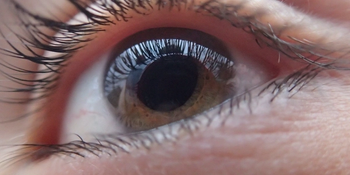
Other factors, besides IOP, can contribute to glaucomatous optic nerve damage
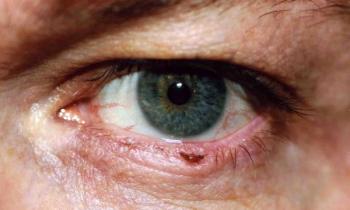
Optometrists at the forefront of ocular basal cell and squamous cell carcinomas

Sustained-release injectables may be key to addressing the greatest obstacles in glaucoma.
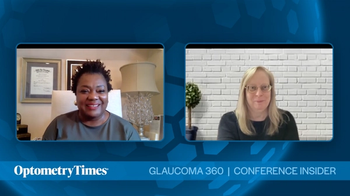
Oluwatosin Smith, MD, reviews different applications of minimally invasive glaucoma surgeries (MIGS) to find the best option, with the best outcome, for every patient.
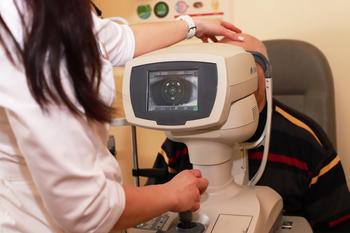
Risk factors take priority

The future is sustained-release injectables

Andrew G. Iwach, MD, shares a few key highlights from his presentation regarding trend challenges of glaucoma.

Industry keenly focused on innovations
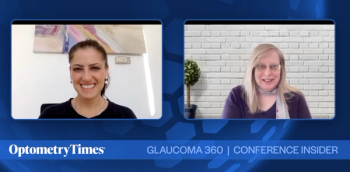
Ranya Habash, MD, shares a sneek peek of her New Horizions keynote speech on "The future of eye care: science fiction to science fact," during the 2022 Glaucoma 360 meeting.
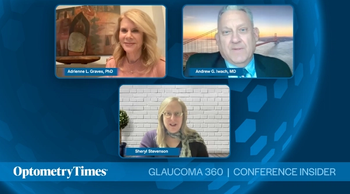
Glaucoma 360's co-founders and co-chairs Andrew G. Iwach, MD, and Adrienne L. Graves, PhD, offer a sneak peek on what attendees can expect from this year's annual meeting.

Fashion icon to share how he stayed motivated to innovate despite challenging beginnings
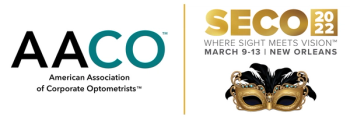
AACO will once again be participating in a co-located meeting at SECO 2022 in New Orleans, March 9-13. AACO will be presenting 4 hours of FREE CE as well as a CE Dinner open to all Optometrists, free for AACO members.
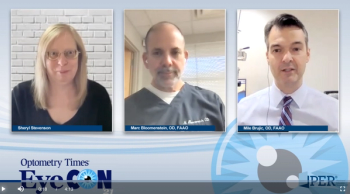
Marc R. Bloomenstein OD, FAAO, and Mile Brujic, OD, FAAO, share the key takeaways from their presentations at EyeCon ’21.
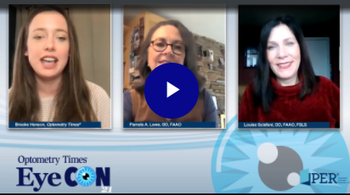
Two EyeCon ’21 faculty panelists highlight their presentation, “Visions of the Future: Contact Lenses of Today and Tomorrow.”
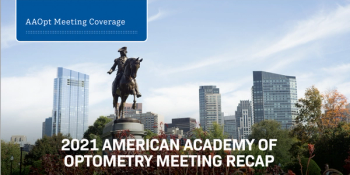
In-person event inspires excellence in eye care
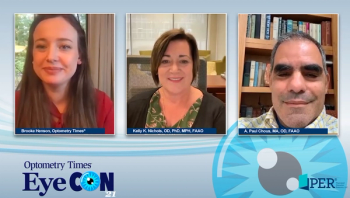
Save the dates for this virtual interactive conference featuring top US optometrists
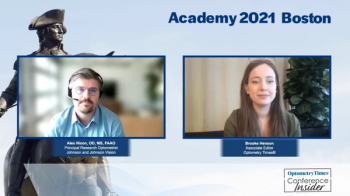
New research explores visual symptoms and their impact in children wearing soft contact lenses for myopia control
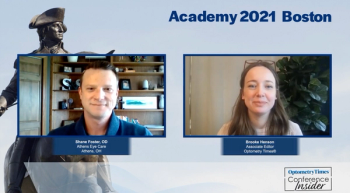
Topical oxymetazoline HCL ophthalmic solution 0.1% (RVL-1201, RVL Pharmaceuticals, Inc.) provides significant improvement in upper eyelid elevation for ptosis patients
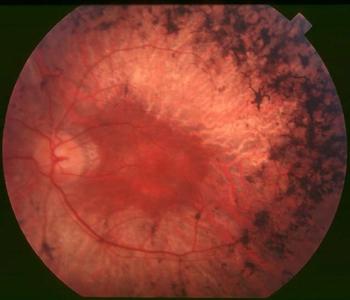
During a presentation at the American Academy of Optometry 2021 annual meeting in Boston, Sherry Bass, OD, FAAO, described for attendees the circuitous path that clinicians have had to negotiate to establish a diagnosis in patients with inherited retinal diseases, how that path has become more straightforward, and examples of how genetic testing can help in the diagnosis of IRDs in tricky cases.